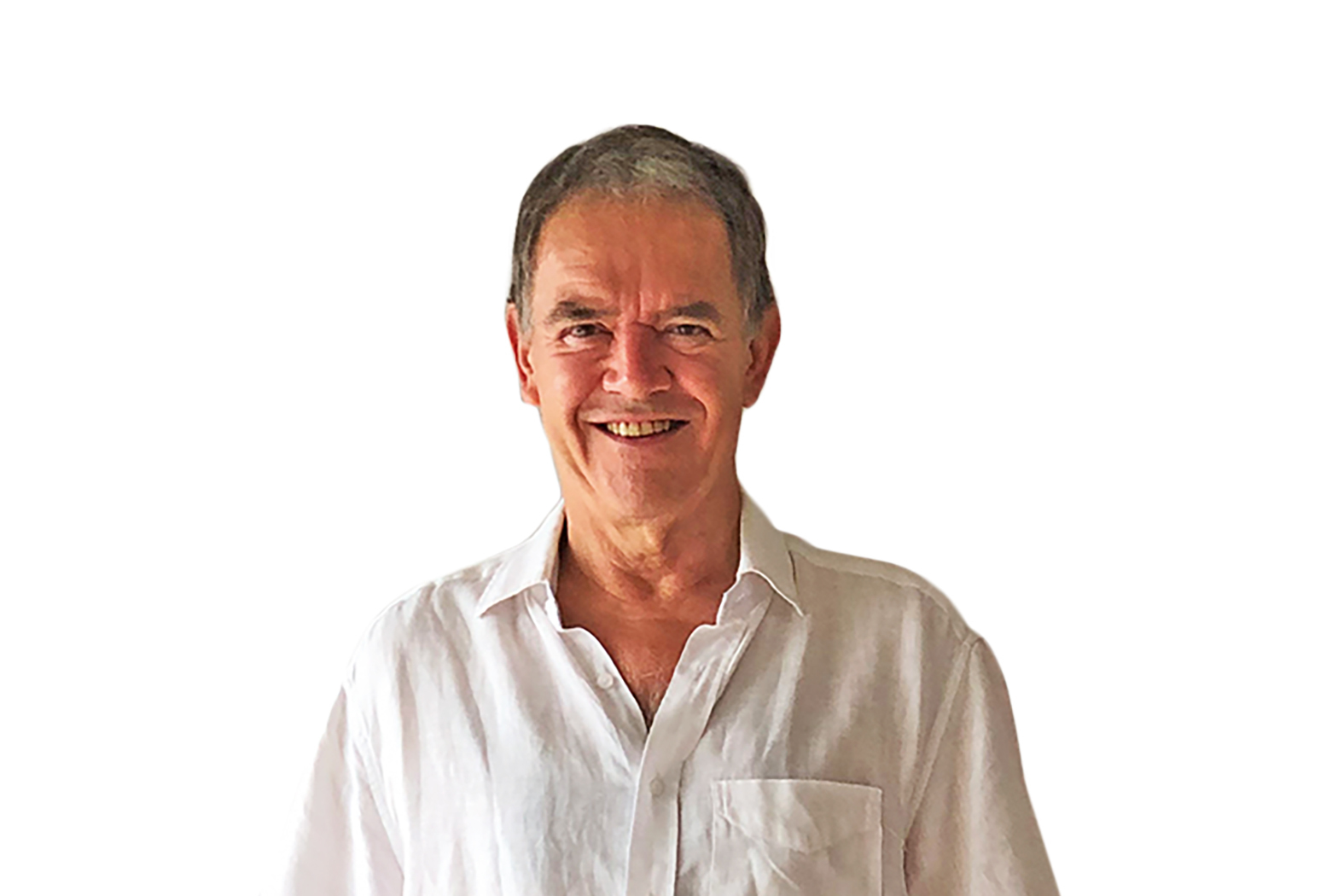By Mick Le Moignan
Visiting Jersey in August, I told an old friend that my daughter and grandchildren were staying at a lovely apartment near Val de la Mare Reservoir, owned by the Simon family, with spectacular panoramic views of St Ouen’s Bay from Corbière to L’Etacq.
“Well, make sure they don’t drink the water!” she exclaimed. “It’s full of those ‘forever chemicals’ you wrote about a few months ago. The fire-fighting foam they used to use at the Airport was full of them.”
I wrote in May about the proliferation of PFAS (various per- and poly-fluoroalkyl substances) produced by the American conglomerate 3M and the horrific consequences for individuals and communities affected in Australia. I was shocked and saddened to hear they had also found their way into the water table in Jersey.
3M has been accused of suppressing scientific evidence of the dangers of the chemicals since the early 1980s. In March, the company paid a colossal (USD) $12.5 billion to settle a class action against them.
Last year, the World Health Organisation finally declared one common forever chemical (PFOA) carcinogenic, but other PFAS are equally dangerous and responsible for many other life-threatening conditions. In April, the US Environmental Protection Agency designated the chemicals probable carcinogens and found there was no level of safe exposure to them.
The Australian Defence Department has paid (AUD) $366 million to settle 11 class actions with communities affected by PFAS from fire-fighting foam, but up to 900 other heat-resistant, non-stick, grease, stain or water-repellent domestic products containing PFAS are still on sale.
Last month, concentrations of PFAS within the Sydney water catchment area were shown to be up to 140 times above US safety limits, yet within current Australian guidelines. A dam at Medlow Bath in the Blue Mountains (the site of many bushfires extinguished with fire-fighting foam) was found to be the source and was closed last week. Australia’s Senate moved swiftly to establish a national inquiry into the spread of the chemicals and the extent of the dangers.
Every ocean, every river and every nation is affected by this pernicious threat to human health. It was surprising, therefore, to read a letter to the editor of the JEP on 15 August from Jeremy Snowdon describing a recent meeting at Les Ormes, called by Public Health, to discuss PFAS pollution of boreholes in St Ouen, St Peter and St Brelade.
Health Minister Tom Binet and Environment Minister Steve Luce attended and “frankly admitted… that they were unaware of the dire implications of the PFAS pollution on the health of all Islanders… Both ministers expressed surprise, shock and concern and promised that they would make it their priority to take action”.
Ignorance of such a vital issue is no excuse – but it comes as no surprise to Jersey’s leading researcher and campaigner on PFAS, Sarah Simon, of Val de la Mare Farm. She has documented blood tests carried out on more than 150 Islanders which reveal a harrowing tale of cancers and other conditions that may have been caused or exacerbated by their exposure to PFAS in drinking water.
Ms Simon was first prompted to investigate the matter by a surge in cancer diagnoses among her family and friends living in the “plume” of PFAS contamination at the western end of the Airport runway, where huge quantities of fire-fighting foam containing PFAS were washed into the land beside Val de la Mare reservoir.
Like the late Dr Michael Moseley, working at her own expense with laboratories in California and Europe, she used her own body to test how daily exposure to borehole water might affect the levels of PFOS in her blood. The results were incontrovertible. (Perfluoro-octane sulfonate – PFOS – is a PFAS that is soluble in water.)
“On drinking and cooking with mains water in Jersey for eight months, my PFOS level rose to 10.5ppb (parts per billion) as at 2 October 2019. After no mains water consumption or ingestion of any local produce for eight months, my PFOS level dropped to 10.1 ppb as at 5 March 2020,” she said.
Since the main characteristic of forever chemicals is to bond with proteins in the body, particularly blood, kidneys, liver, colon and thyroid gland, and to be practically indestructible, this is a significant result. She then experimented with a toxin removal project involving blood renewal, which resulted in a further reduction of her PFOS level to 7.4 ppb four months later. Many Jersey people whose cancers may have been caused or exacerbated by PFAS deserve to be offered such treatment.
Ms Simon tells me that the Bellozanne Treatment Works does not attempt to remove PFAS, but returns them to agricultural land in the form of sewage sludge and allows the residue to flow out to sea.
When Jersey Water finds elevated levels of PFAS in their supply, she says they contaminate cleaner water with it to reduce the concentration, rather than trying to get rid of it: “Jersey Water are not eliminating PFAS by removal, they are blending these toxins to levels below Jersey’s adopted limit of 1ppb (1,000ppt) to comply with local legislation,” she explained.
Ms Simon has written three detailed reports, in 2021, 2022 and 2024, with impeccable scientific detail and copious references, to raise public awareness in Jersey. She is happy to make them available to anyone interested, on email request to bogalog@hotmail.com.
The gut reaction of administrators, faced with a problem of this scale, is to keep quiet about it, for fear of economic damage – but the health of Islanders is surely more important.
At Williamstown in New South Wales, the site of an Royal Australian Air Force base where fire-fighting foam poisoned the water supply, a purifying plant to extract PFAS has been built at a cost of £15 million, to safeguard a community of 100,000 people – a population roughly the same as Jersey’s. Why not construct such a plant in St Ouen?
Islanders already affected by PFAS deserve an honest analysis of their medical conditions and whatever treatment can be provided.
At a time when the Island, led by the JEP, is looking for local heroes who have given exceptional voluntary service to the community, Sarah Simon is a prime example of a courageous individual who has used her own time and resources to tackle a nightmare scenario for the sake of others.






